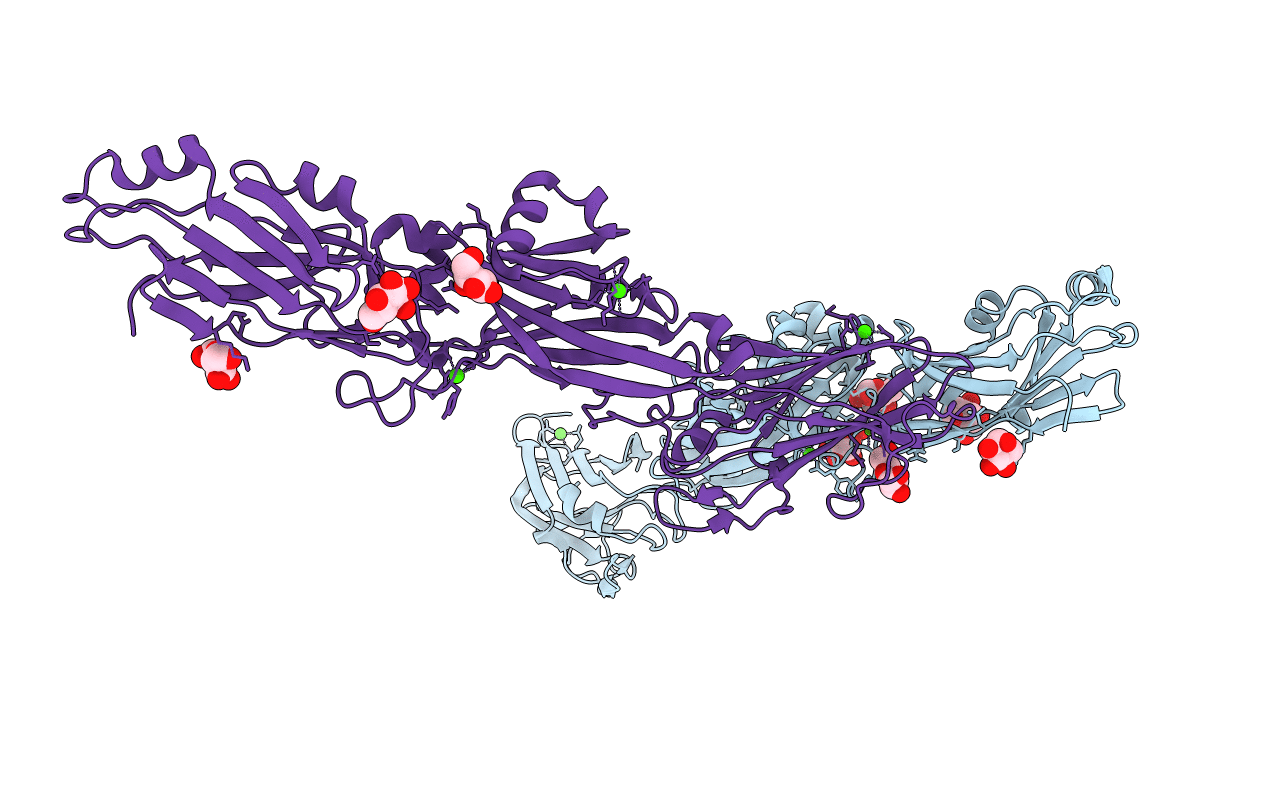
Deposition Date
2011-01-19
Release Date
2011-04-20
Last Version Date
2024-11-06
Entry Detail
PDB ID:
3QE5
Keywords:
Title:
Complete structure of Streptococcus mutans Antigen I/II carboxy-terminus
Biological Source:
Source Organism:
Streptococcus mutans (Taxon ID: 1309)
Host Organism:
Method Details:
Experimental Method:
Resolution:
2.50 Å
R-Value Free:
0.24
R-Value Work:
0.20
R-Value Observed:
0.20
Space Group:
I 2 2 2


